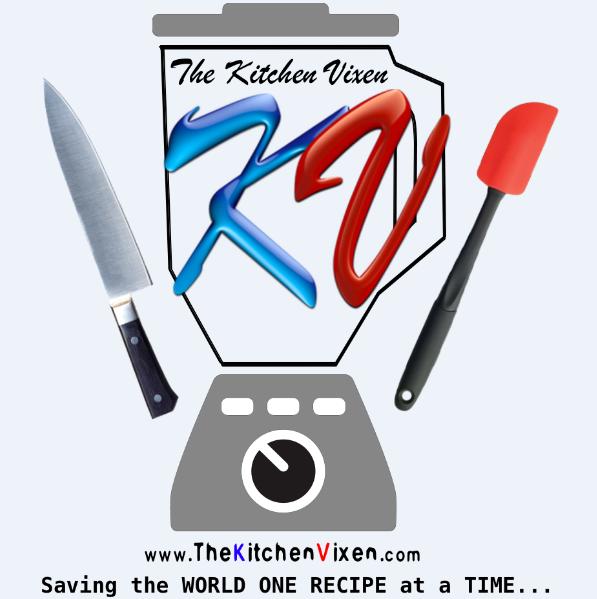Buttering Up Corn by Elizabeth Brown, MS, RD
 I C by your hue you have amazing health benefits
I C by your hue you have amazing health benefits
While celebrating Labor Day at work, we were given the typical picnic fare—hot dogs, burgers, mayonnaise rich salads and corn on the cob. Ah-ha, now there’s something I can really sink my teeth into.
Corn on the cob, I’ve been eating it my whole life, except for a short two year stint when I had braces as an adult.
As if it’s not enough to be 30 and single, try being 30 with braces and having corn stuck in your teeth.
Until recently, I rarely ate corn at all. As a Dietitian educating patients with Diabetes, I taught them that corn is a “starchy vegetable”. “Starchy” means that it is not “Free” like those leafy greens I love. Corn counts when you teach a patient to count carbs. Corn counts the same way that bread, pasta, rice and potatoes count. But when you look really closely at CORN, it really is in a class all its own.
Yes, corn is a starchy vegetable. Corn has more calories than salad greens or broccoli but corn also has something none of those other foods have, Zeaxanthin (Zee–a–zan-thin)—a carotenoid that gives corn and other yellow veggies that sunshine like hue. Not only does zeaxanthin make foods bright and colorful but it is also one of the carotenoids which may protect the eyes against cataracts and macular degeneration—the leading cause of blindness. Corn is also a source of the more popular Lutein, well known for promoting “eye health”.
Although corn is placed in the vegetable group, it is actually a grain—the seed of a type of grass. One half cup of corn has about 90 calories, 1g of fat, 3g protein, 20g carbs, 2.5g fiber.
It’s a good source of minerals such as magnesium, manganese, phosphorus and potassium. Like other unprocessed “starches”, corn is rich in the B Vitamins—thiamine, riboflavin, niacin, folate, B-6 and Pantothenic Acid as well as Vitamin C.
The B’s are important for converting food to useful energy. Bear in mind that what you add to your corn could tip the energy scales.
Whereas most people slather their cobs with butter, try a squeeze of fresh lemon or lime juice instead. As it turns out, the niacin in corn is mostly unavailable to the body. However, when corn is combined with an alkaline substance, such as lemons or limes, much of the niacin is released, making it available to the body, plus you get extra vitamin C in the process.
Corn, like other “grains”, is deficient in the amino acid Lysine as well as Tryptophan. You may recall Tryptophan’s claim to fame as the amino acid which induces sleep so you may think this is a good thing, but its not. Although your body can borrow missing amino acids from its own amino acid “pool” and make a complete protein, its better to complete the protein upon consumption.
So combine corn with legumes (a.k.a. beans) to get those missing amino acids and consume a complete protein, hence the rationale for Succotash—corn and lima beans. Not my favorite flavor and texture combination but it makes sense nutritionally.
Here are some other ways to make the best use of sweet summer corn.
Corn Relish
1/2 red pepper, finely diced
1/2 green pepper, finely diced
1 jalapeno, seeds and veins removed and minced (wear plastic gloves when handling)
2 Tablespoon olive oil
2 limes, zested and juiced
1/4 teaspoon ground black pepper
1/8 teaspoon sea salt
Mix all ingredients. Refrigerate for 1-2 hours. Mix into green salads. Add beans or lean animal protein to make a complete protein source.
Gazpacho, Corn & Black bean soup
1 (28 oz) can diced organic tomatoes
1 zucchini, small dice
1/2 red pepper, finely diced
1/2 green pepper, finely diced
Optional: jalapeno finely diced after removing veins and seeds
1/4 red onion, finely diced
1 bunch cilantro, leaves removed from stems and chopped
1 cup cooked black beans or 1 can, drained and cooked, slightly mash with a fork
1 cup cooked corn, approximately 2 ears, cut corn from cob or 1/2 bag frozen organic corn
To make Gazpacho: In a blender, combine tomatoes, including liquid, plus garlic. Blend to puree. Add water. Pour into a bowl and add chopped zucchini, peppers, onion and cilantro.
For a warm and more nutritionally complete soup add cooked corn plus cooked and slightly mashed black beans. Mashing the beans before adding to soup gives a creamy consistency and makes it easier to digest the beans.


